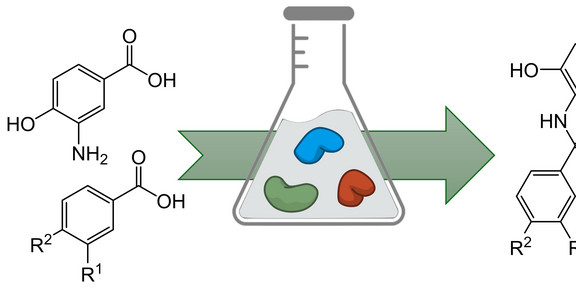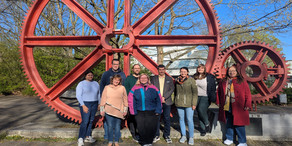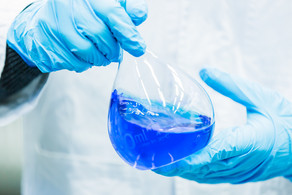Discovery and In Vitro Reconstitution of Closoxazole Biosynthesis from Pyxidicoccus fallax

Abstract
Benzoxazoles are important structural components of both bioactive natural products and pharmaceutical active ingredients. We investigated a putative benzoxazole gene cluster originating from the myxobacterium Pyxidicoccus fallax. This gene cluster was found to confer the ability for production of closoxazoles, which were recently discovered in the anaerobic bacterium Clostridium cavendishii. To obtain further insights into the biosynthetic mechanism, the required key enzymes were subjected to in vitro studies. Notably, significant differences to the biosynthetic pathway in C. cavendishii were observed. First, the condensing amidohydrolase uses an unstable ester as substrate and, thus, establishes a C-N bond for benzoxazole formation. In contrast, the homolog from C. cavendishii is thought to use an amide substrate. Secondly, both AMP ligases encoded in this pathway attach a third aryl carboxylic acid building block to the benzoxazole intermediate, but these enzymes exhibit different regioselectivities. This facilitated the production of closoxazole A and B but also gave access to new derivatives in which a third building block is linked to the phenolic amine of the benzoxazole. The substrate flexibility of these enzymes allowed us to introduce other building blocks into the biosynthetic pathway and thus, to expand the structural diversity of benzoxazole-containing natural products.
Die vollständige Publikation finden Sie, wenn Sie diesem Button folgen







